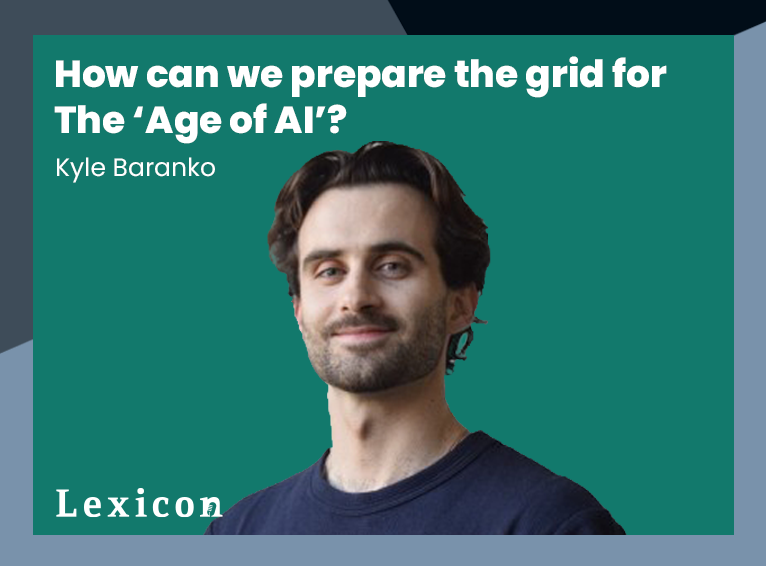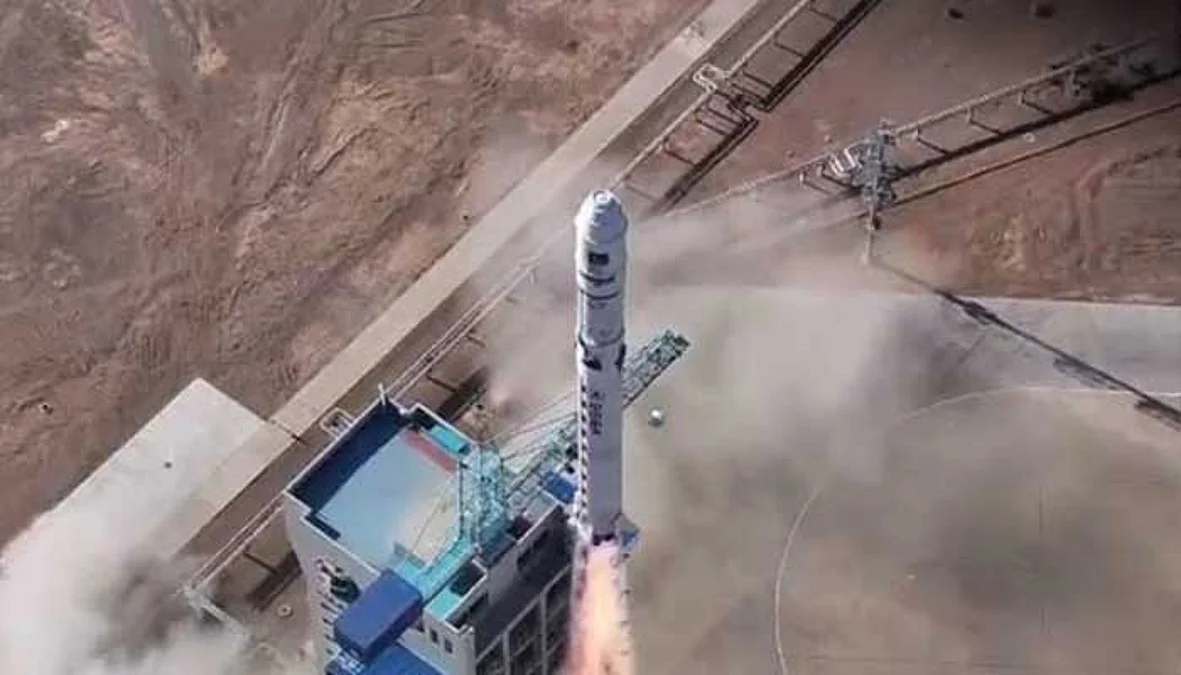Copyright Interesting Engineering

In this episode of Lexicon, we sit down with Kyle Baranko, Head of Product at Paces, to explore how artificial intelligence’s (AI) unprecedented demand for electricity is changing the way we plan, build, and power the infrastructure of the future. Also, subscribe to IE+ for premium insights and exclusive content! AI energy demand: not all hype “The impact is absolutely worth the hype, it’s literally all anyone is talking about within the energy industry itself,” Baranko explained when asked whether the surge in AI data centers is really having a significant impact. In his view, this level of attention is unprecedented. “I’ve never seen anything like it in terms of the mainstream attention that citing data centers, powering data centers, everything related to data centers has garnered,” he said. From developers, to utilities, and policymakers, “everyone is talking about solving this problem,” he added. AI, he explains, is “fueling the fire of load growth” already driven by electric vehicles, hydrogen, and wider electrification. In fact, some forecasts estimate up to 300 gigawatts of new data center power demand in the U.S. by 2030 compared to today’s ~55 gigawatts. AI is the problem and solution While many see AI as part of the problem, Baranko stresses its role in solving the very issues it creates. “AI can act like a junior developer analyst, doing the messy, time-consuming work of site research so projects fail faster — and succeed sooner,” he said. Developing a large-scale energy project involves “environmental and permitting diligence, zoning approvals, endangered species checks, and complex utility interconnection studies,” he added. This is an information-rich but “messy data landscape” that’s time-consuming to navigate. Baranko’s team believes AI can “perform the functions of a junior developer,” combing through permitting documents, mapping interconnection risks, and surfacing viable sites earlier, reducing the costly failure rate of projects. Rethinking sustainable data centers When it comes to making AI-powered data centers sustainable, “the gold standard is co-locating solar and storage with data centers, using fossil fuels only for backup, never as the primary means,” he explained. Cooling is often cited as a sustainability issue, but he says concerns about water use are “overblown” when modern closed-loop systems recycle the same water over a facility’s lifespan. The real game-changer will be the source of electricity. Whether grid-connected or off-grid, “we want to see more energy consumption correlated with when renewable energy is being produced and CO₂ emissions are minimised.” That could mean co-locating with renewables, using batteries to extend solar availability, or making data centers flexible enough to shift heavy compute loads to periods of abundant clean power. The rise of off-grid microgrids Baranko has written extensively on solar microgrids and sees them playing a bigger role as grid interconnection becomes slower and more expensive. “The falling cost of solar and grid connection delays mean we’ll see more off-grid or partially off-grid data centers running primarily on renewables,” he told us. Working with partners like Stripe and Scale Microgrids, Paces has modelled off-grid systems using solar, battery storage, and gas backup that can power AI data centers without waiting years for a grid connection. “It’s completely possible to build a self-sustaining data center,” he said, but it requires the industry to get comfortable with different uptime guarantees and financing structures. Speed, cost, and sustainability Many assume there’s a trade-off between building infrastructure quickly, keeping costs low, and ensuring sustainability. Baranko disagrees. “There’s no real tension. Faster deployment lowers costs and accelerates the clean energy transition,” he said. Delays don’t just waste time; they also increase costs through failed applications, repeated studies, and extended development team payrolls. Given that most new capacity is solar and battery storage, “increasing speed and reducing cost will have a net positive climate impact,” he said. AI’s potential long-term energy legacy Even if AI’s productivity gains fall short of expectations, Baranko believes the infrastructure built to power it could benefit society for decades. “Even in the bust scenario where AI is not as productive as we think, the generation capacity it brings online could power new industries for decades,” he said. Privately funded renewable generation built alongside data centers could later be repurposed for other uses, all without burdening ratepayers through the traditional grid system. Skills for the next decade Asked what skills will be most valuable as AI and clean energy converge, Baranko doesn’t point to a specific coding language or engineering discipline. “The most valuable skill is the ability to learn fast and reinvent yourself — the industry’s changing too quickly for static expertise,” he said. He credits his own path (from liberal arts to data science) to curiosity and adaptability. As AI tools themselves become better teachers, he sees this self-directed learning becoming an even greater advantage. Getting the AI energy mix right Baranko identifies two big markers for success in the next decade. First, seeing a small modular reactor (SMR) come online to power a data center proves that “the end of gas is in sight” for firm clean generation. Second, a shift in how large-scale computing is built: “I want to see more data centers acquire land so they can fit more solar, more storage, and bring their own generation capacity with them,” he said. This model would reduce reliance on strained grid interconnections, speed deployment, and enhance the energy system’s resilience. The big picture For Baranko, the conversation around AI and energy should be less about limiting consumption and more about reimagining the system to leverage new technologies. “We should think less about keeping energy consumption flat and more about rewriting the system around new technologies,” he added.



